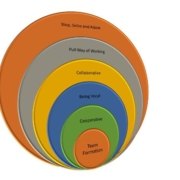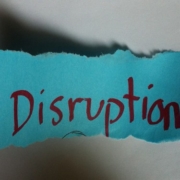I have worked for 14 years in service and consulting companies, for various and varied clients.
I’ve had to work for nearly twenty clients, most of the time for large companies well known to everyone. I have been a developer, project manager, architect, and I have been able to work in contact with operationals, ops and some of the managers of these companies. It is following various recent exchanges that I wanted to share my personal observation, on some fundamental differences between startups and a number of large companies.






 How did you decide to come to Capital One?
How did you decide to come to Capital One?



